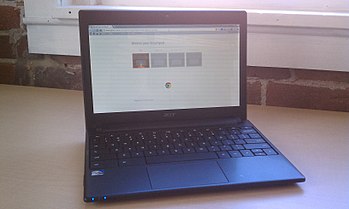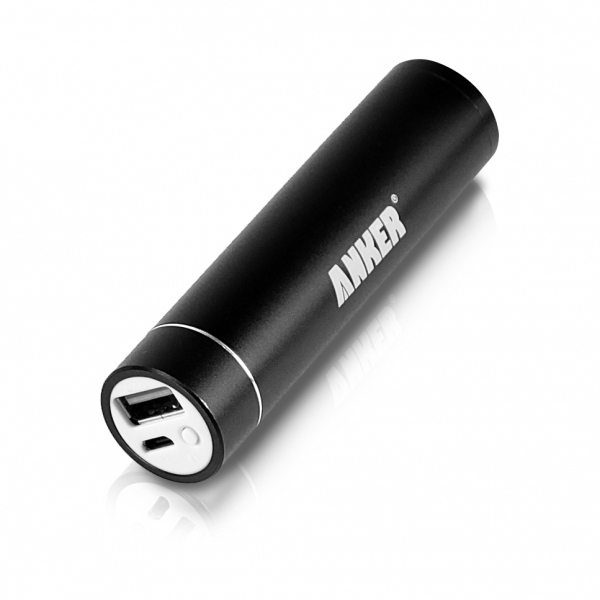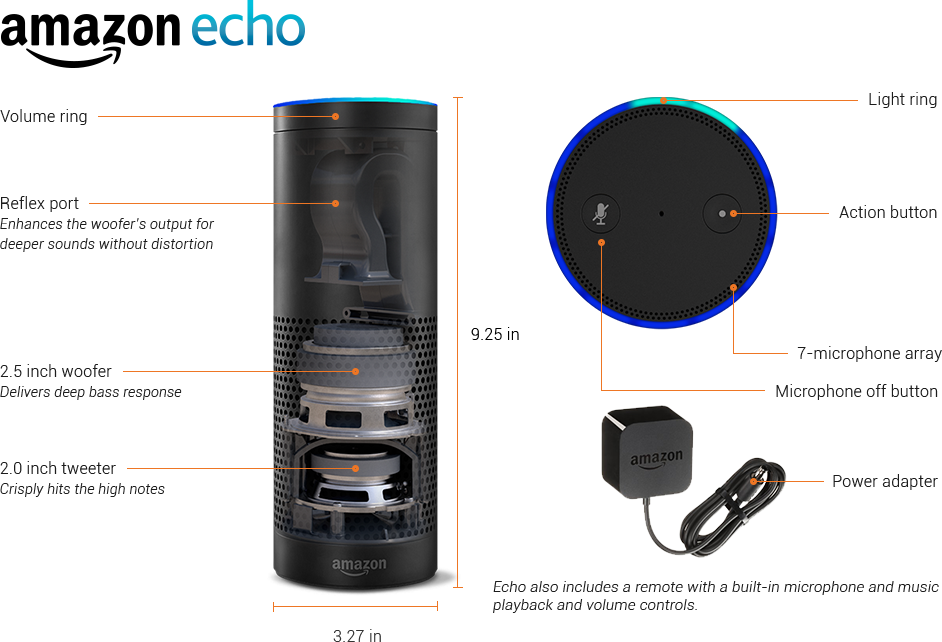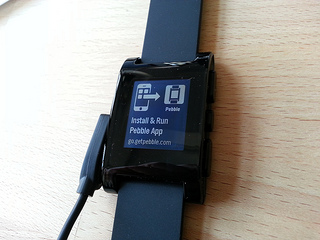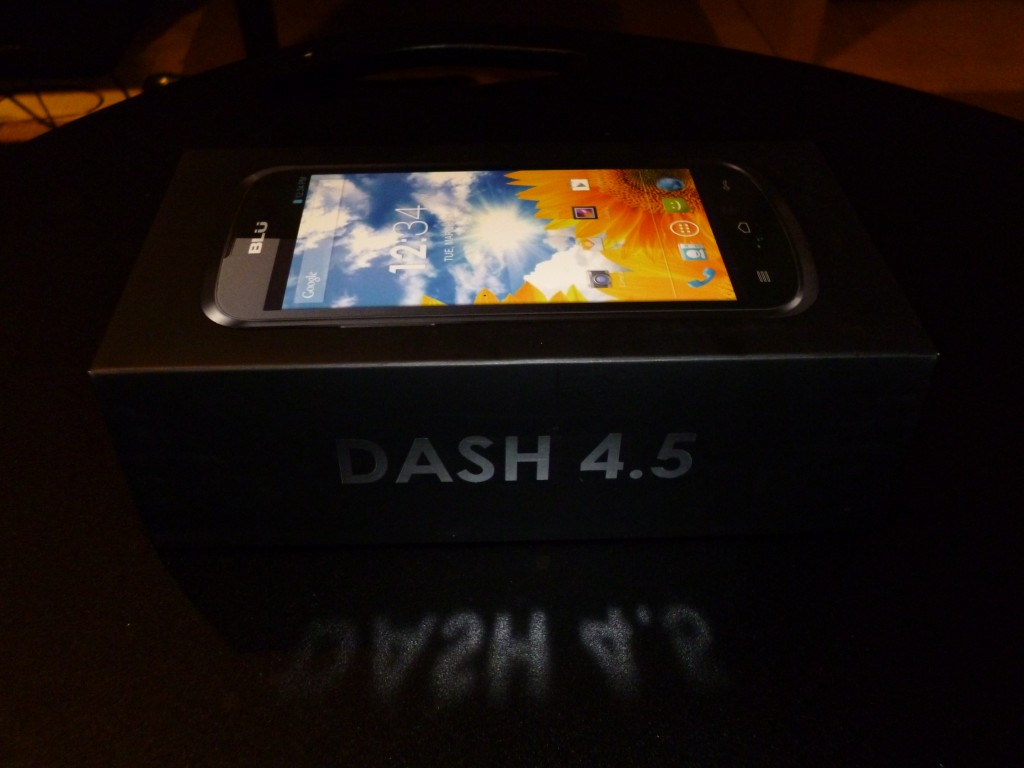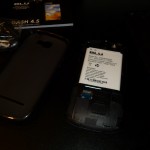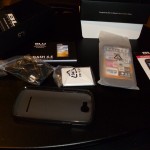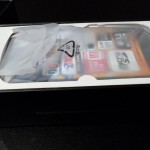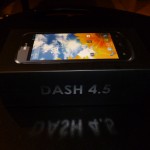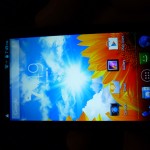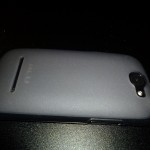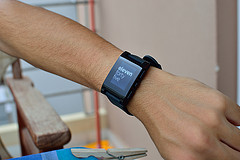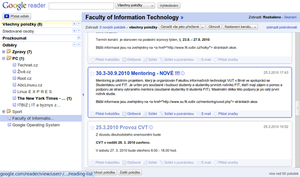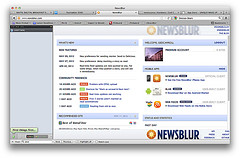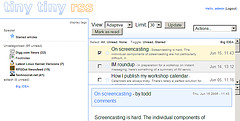I subscribe to the Amazon Deals of the Day, and often there is something worth considering on them. Today, the Deal of the Day is an Oral-B Pro 5000 SmartSeries Bluetooth Electric Rechargeable Power Toothbrush.
And there is the what…I get the motorized toothbrush idea…it is like having professional dental tools in your home. However…bluetooth?
“Bluetooth communication between brush and smartphone provides real-time feedback on brushing habits, helping you achieve amazing results. It acts like a dental professional in your bathroom, guiding your brushing experience and providing feedback in real-time to help you brush thoroughly and gently for the dentist-recommended 2 minutes. ”
So, my smartphone can tell me I need to brush my teeth, and I should do it better? According to the reviews, I can also monitor my brushing, shop for brush heads, get achievement badges.
I’m not sure I’m comfortable with the Quantified Self philosophy that is becoming so popular…there are some things that aren’t interesting to record.
Right now, anyone want to buy a bluetooth toothbrush…I’m predicting next I’ll be able to compete with other brushers for points…gamification is popular too.



